A look at the history of the Salem Witch Trials
Sarah, Winifred, and Mary Sanderson. You might know them as the witch sisters from the classic 1993 movie “Hocus Pocus,” but they were actually real people that the movie was loosely based upon.
Although not every detail from the movie is accurate, there are some similarities. At the beginning of “Hocus Pocus,” viewers watch the Sanderson sisters being tried and hung outside their house. Although this was accurately portrayed, the movie is missing some important details.
In January of 1692, 9-year-old Elizabeth Parris and 11-year-old Abigail Williams started uncontrollably screaming and contorting their bodies oddly, causing many townspeople to accuse them of being bewitched.
Later, more girls in the town started showing the same symptoms. In February, warrants were issued for the arrest of Parris’ slave, Tituba, along with two other women.
This “witch frenzy” spread across the United States and Europe. Left and right, people were getting accused of being witches, and many of them were brutally killed.
Men and women accused of being witches had to undergo impossible tasks. If they refused, they were killed. There were seven main tests performed during this time to see if the individuals were witches.
The most common test is the swimming test. With this test, they would tie a brick around their ankles and bring them to a pond nearby. The accused individuals would then have to walk into the pond; if they sank, they were innocent, and if they floated, they were witches. The logic for this test is utterly ridiculous; either way, they die.
The prayer test was another common test. The individual in question would have to recite scriptures from the Bible, and if they made a mistake, they were hanged.
There were plenty of other tests that took place. These tests were continued throughout the “witch frenzy.”
Like Sarah, Winifred, and Mary Sanderson, if the accused people failed one of these impossible tasks or refused to attempt them at all, the witches were then hanged outside their house or in the town square.
The final execution was on September 22, 1692. Eight individuals were hanged after being found guilty. Approximately 150 men, women, and children were accused over the next several months and were found to be “witches.”
Later in January 1967, the Massachusetts court declared that the Salem Witch Trials were unlawful. Afterwords, the Massachusetts colony restored the names of the people tried.
Although the Sanderson Sisters never got their justice, the rest of the Salem witches eventually had their names cleared, and the trials have become a memorable part of American history.
Your donation will support the student journalists of Rutherford B. Hayes High School. Your contribution will allow us to purchase equipment and cover our annual website hosting costs.

Kamryn Drake (she/her) is a junior at Hayes. This is her second year on Talisman. She has also been involved in color guard and AFJROTC. She often...
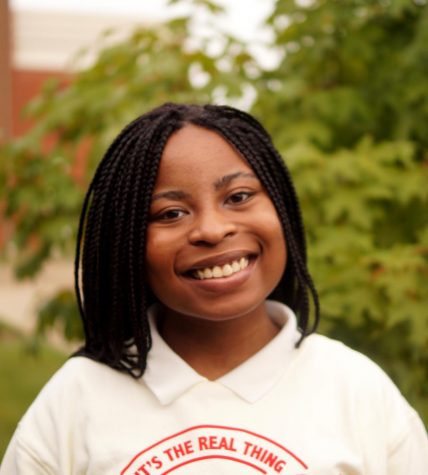
Jackson Collins is a senior. This is her second year on Talisman. She is also involved in Hayes Singers, Symphonic Choir, Thespians, and Mock Trial.



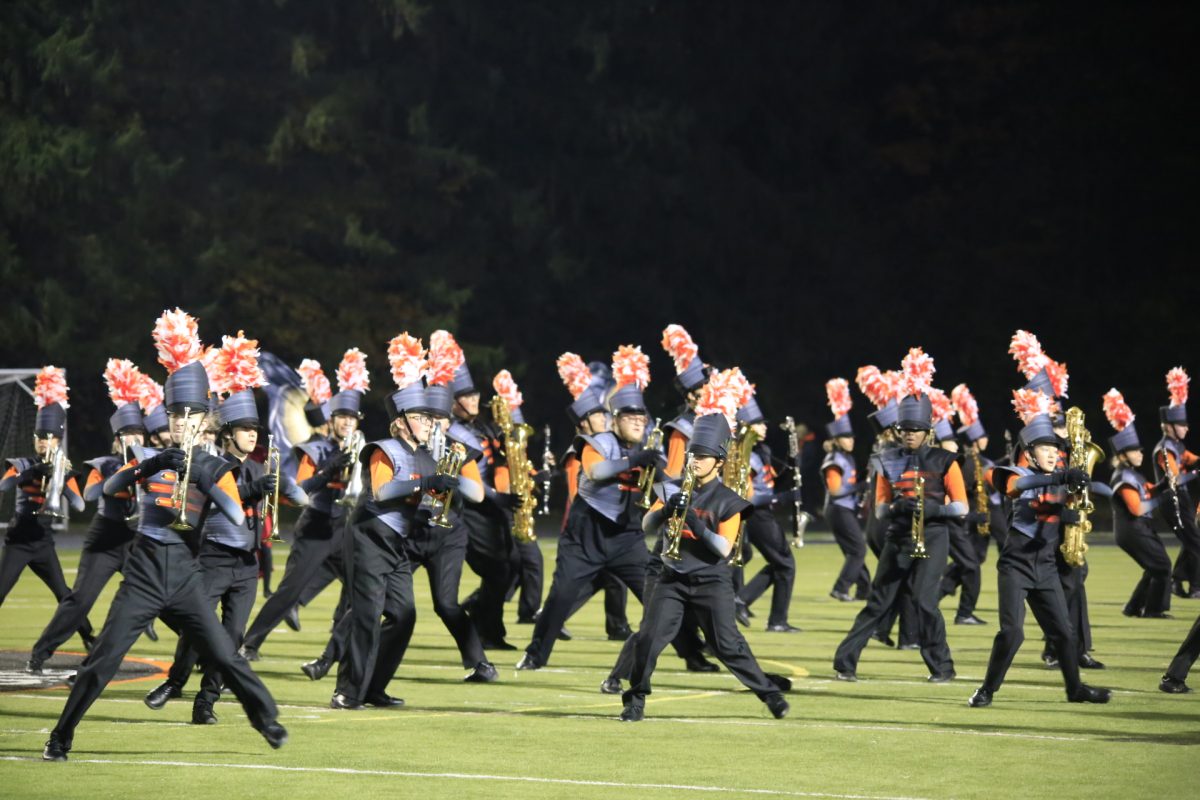







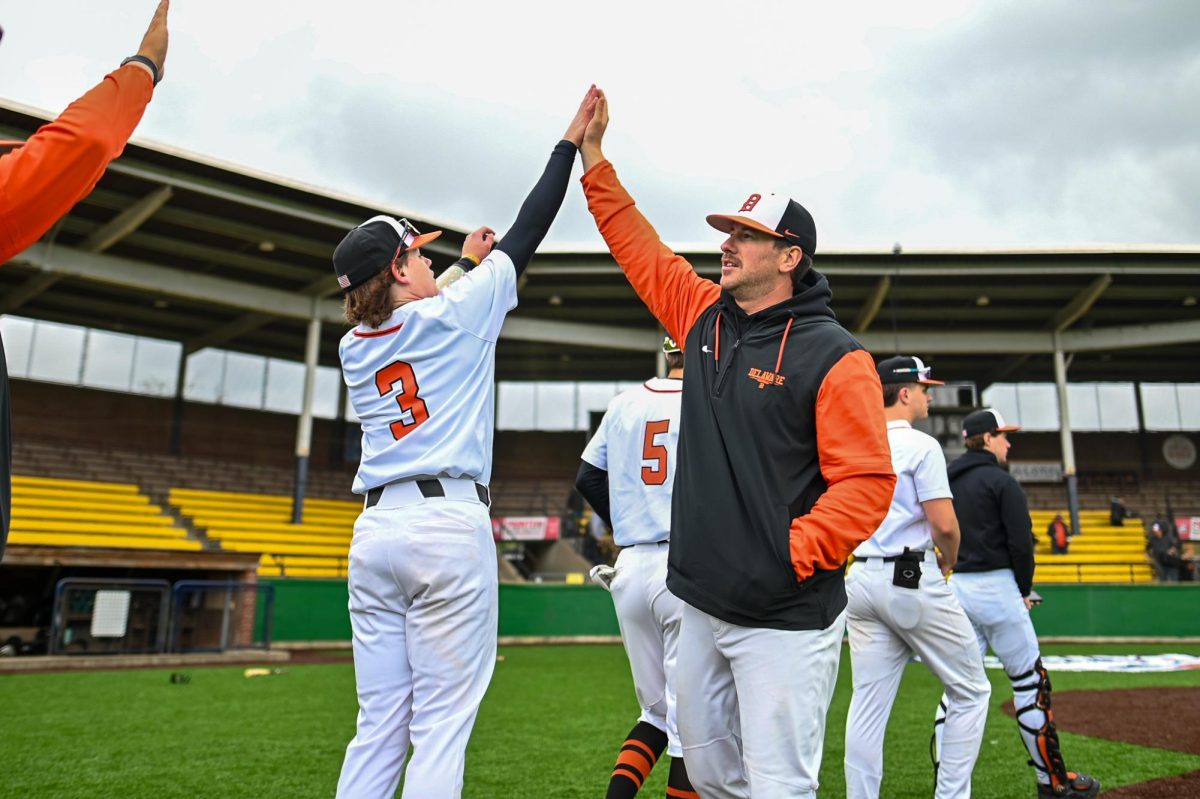
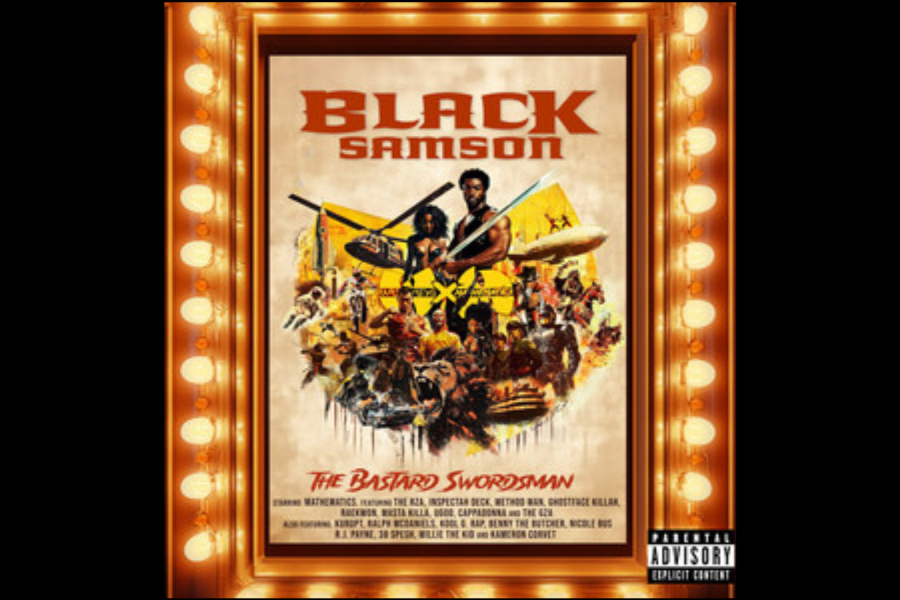



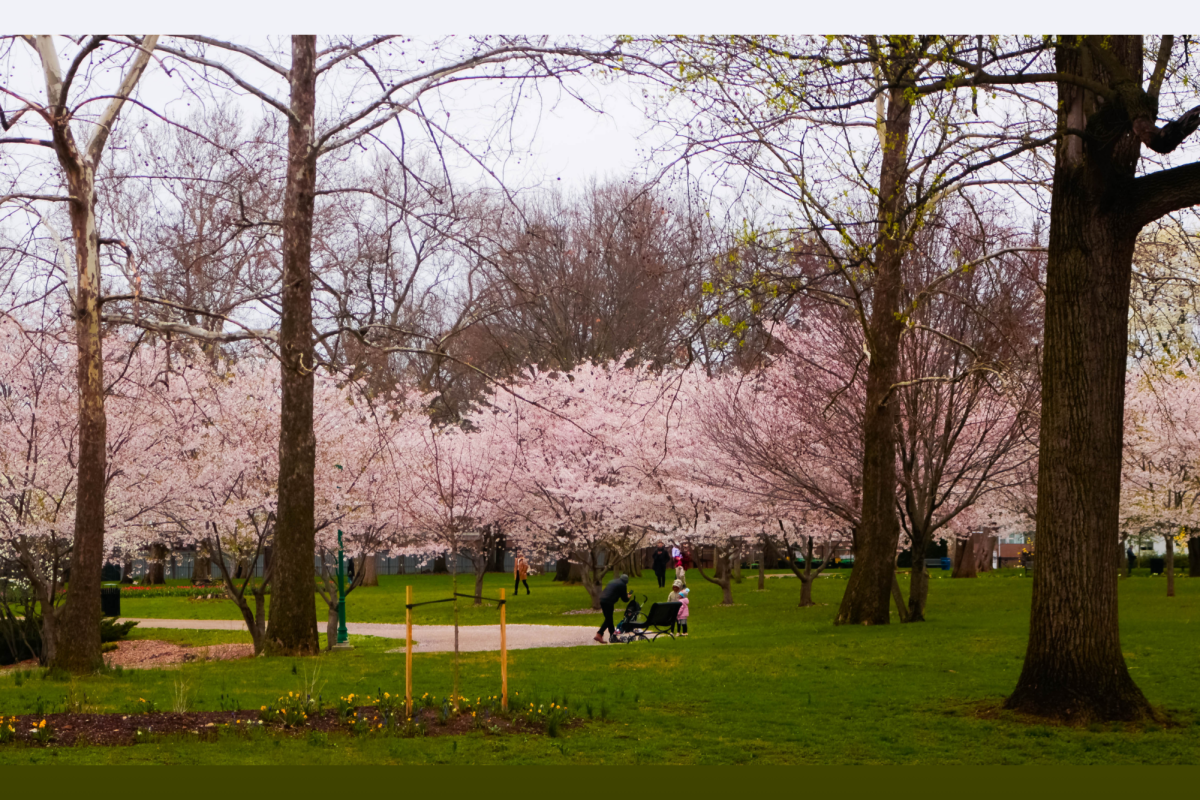

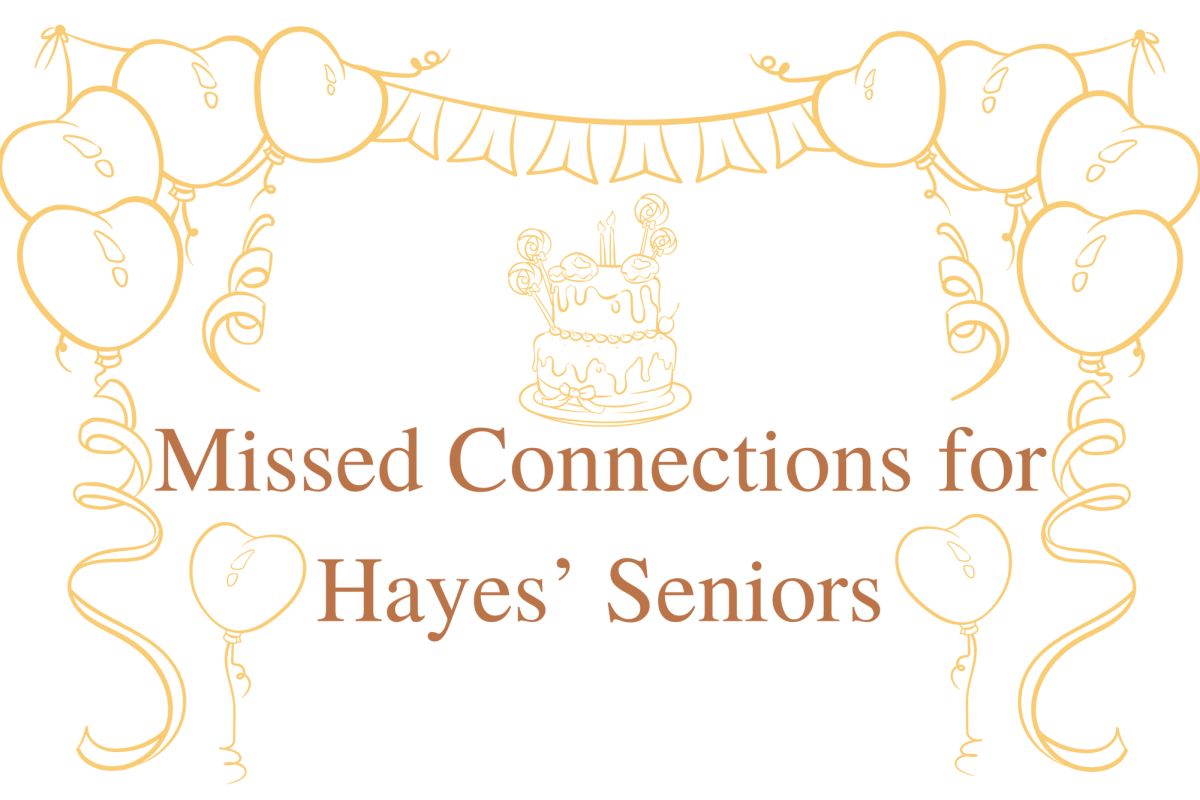
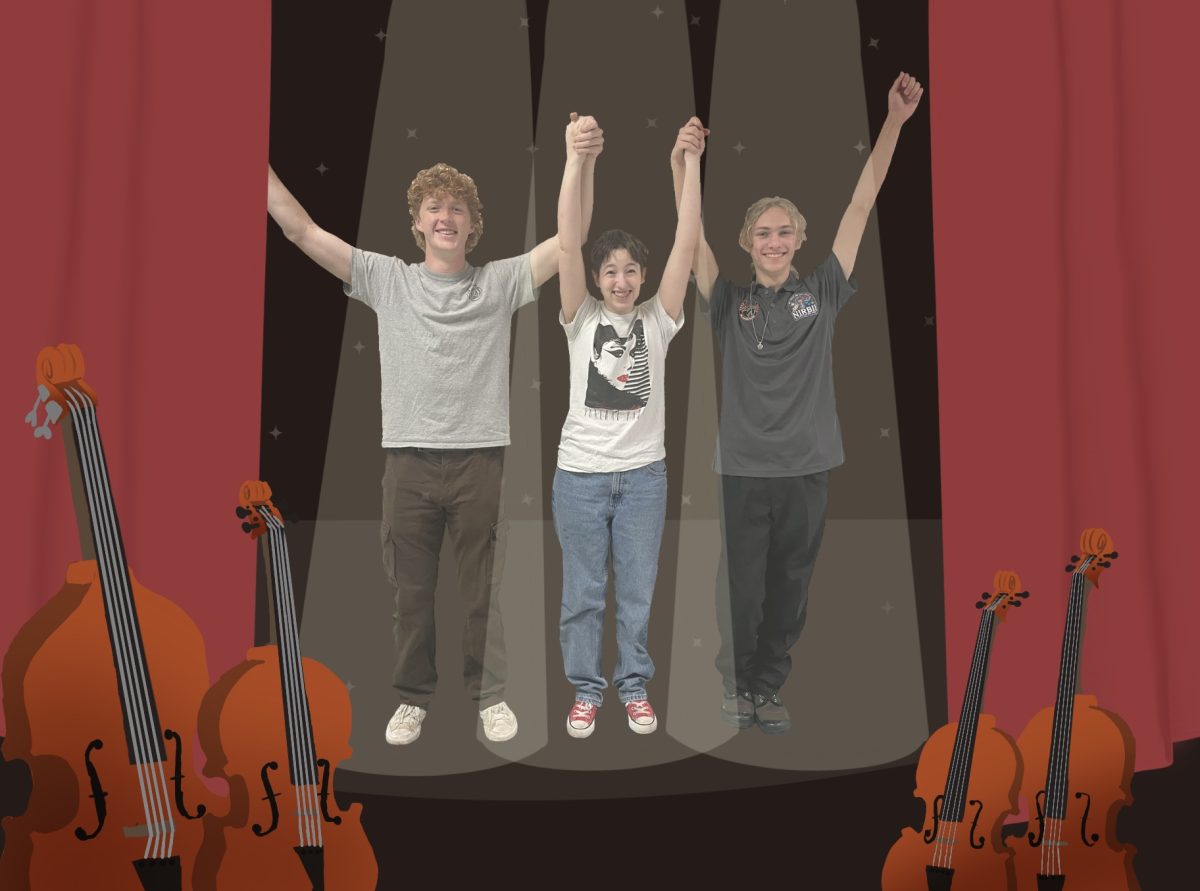

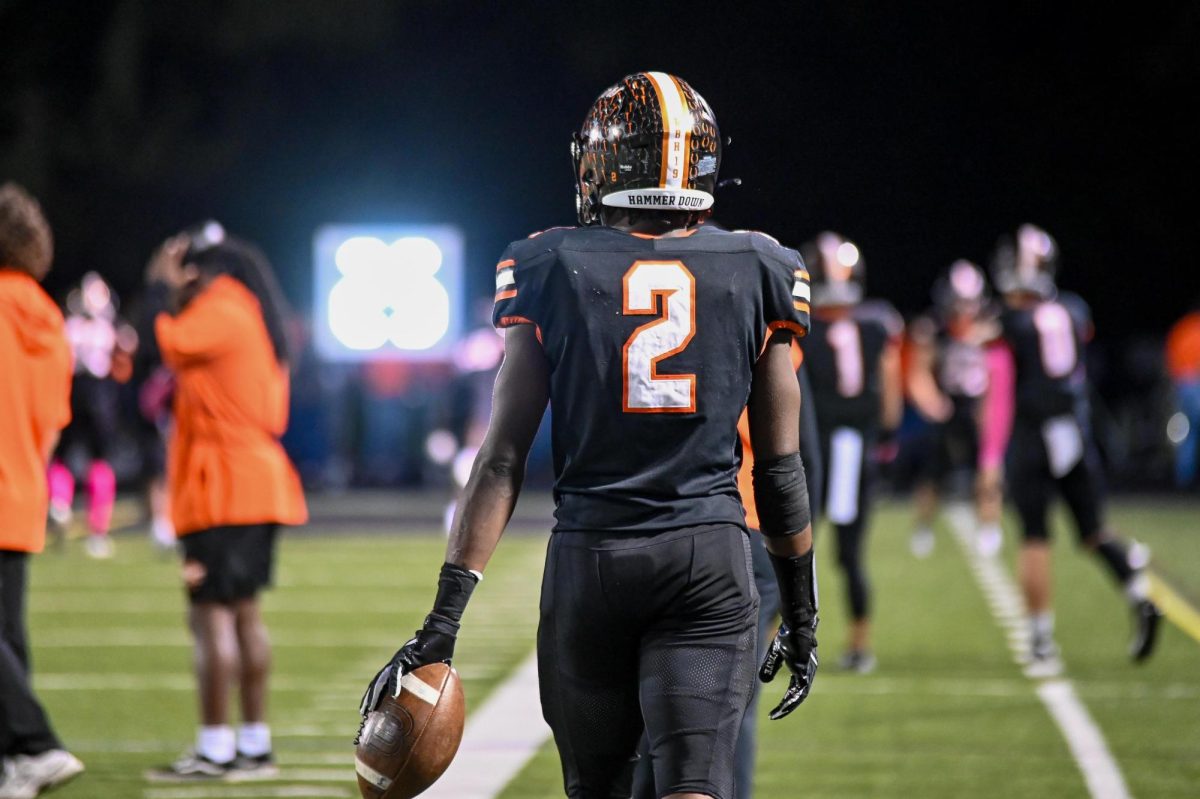
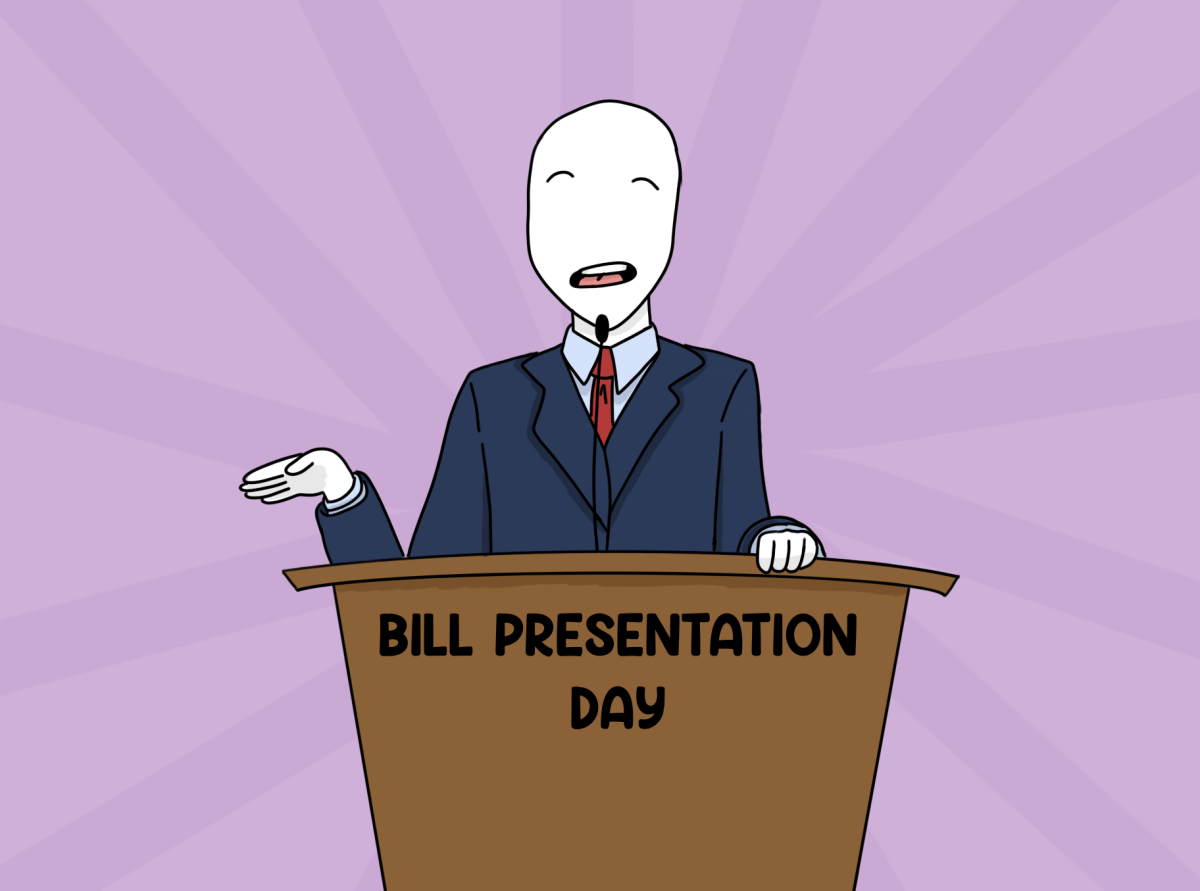

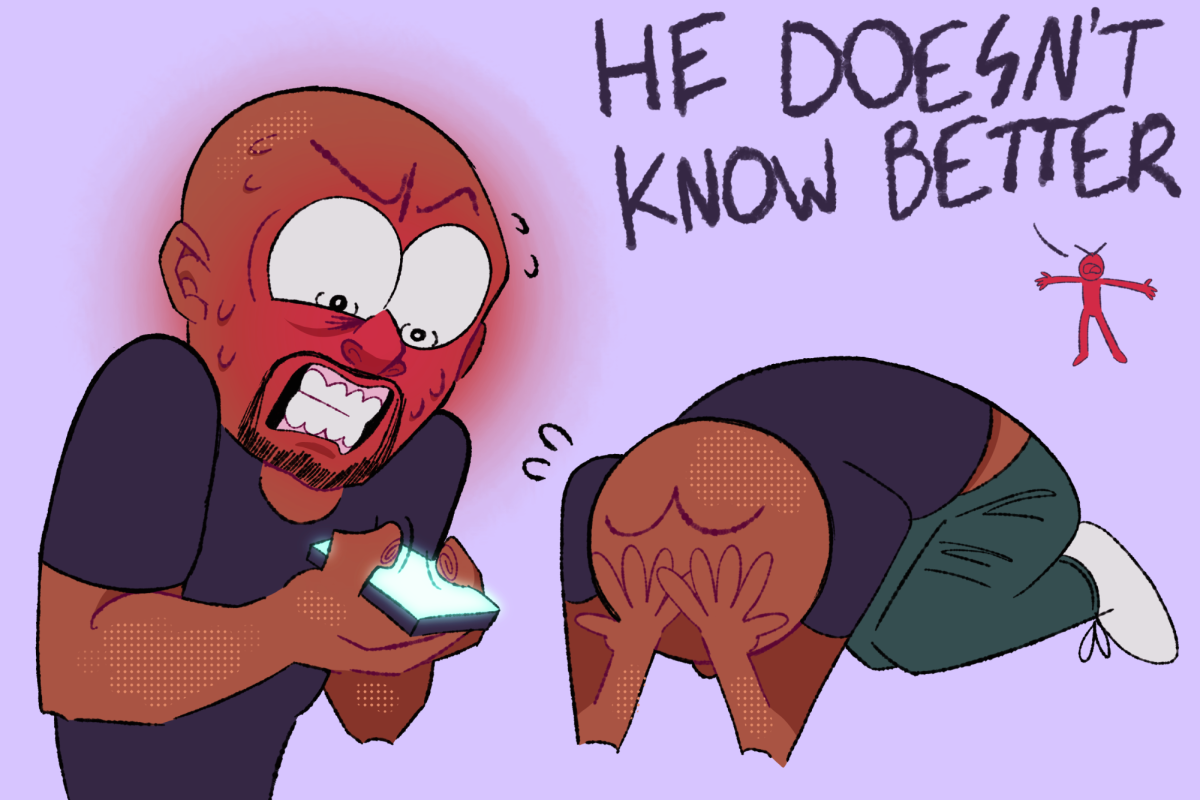





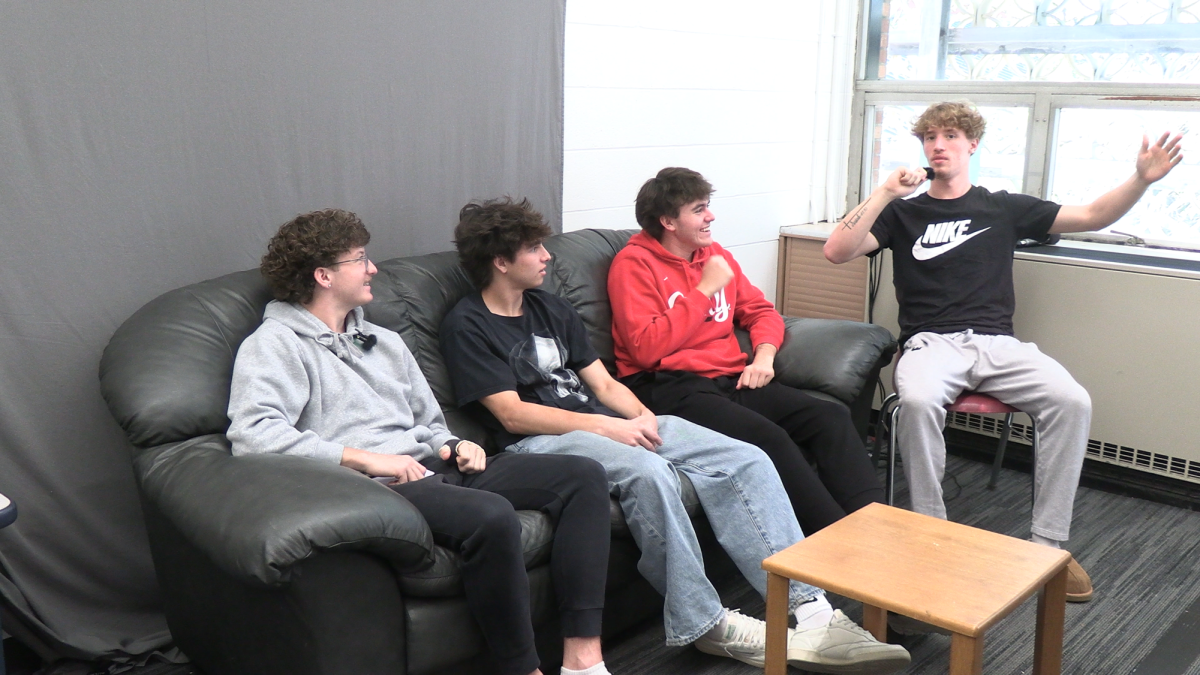
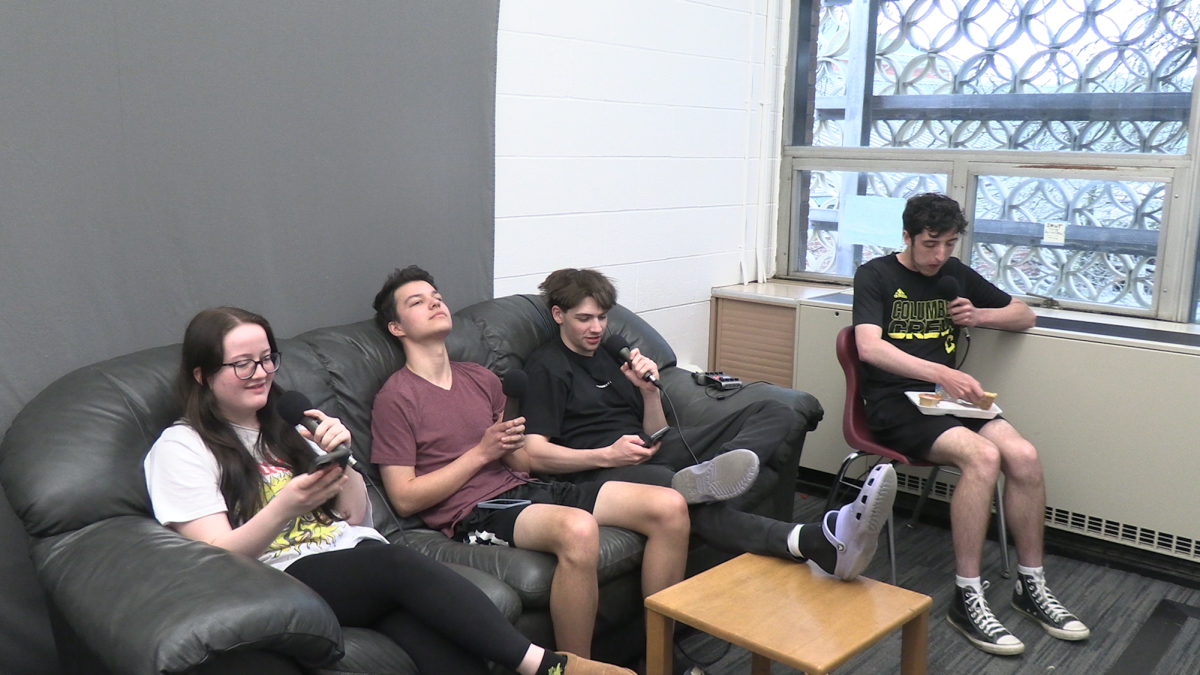
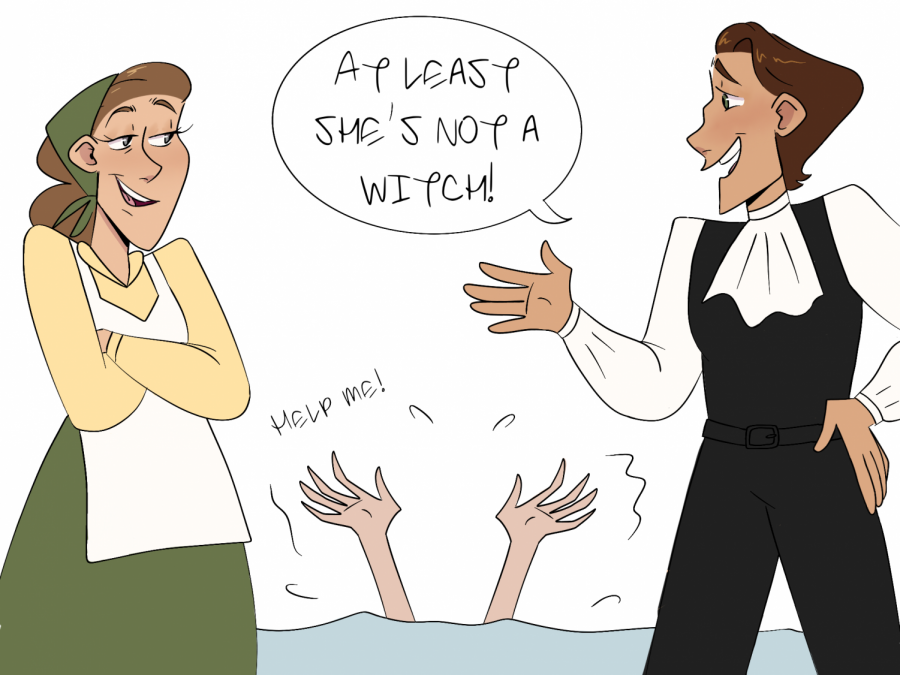




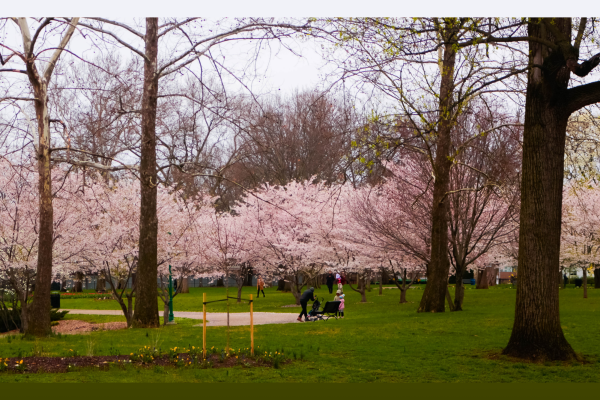

lexxi • Oct 27, 2021 at 2:46 pm
this is the best i have ever read and i can’t think of one reason that this is not real cause it is true!
Sandra • Oct 6, 2021 at 8:21 pm
cool nice to know humans have always been insane 😉
Laurie Snyder • Oct 6, 2021 at 2:44 pm
1967? I think you have a type-o shouldnt it be 1767 or 1867?
Phillip knight aka Swifty satanist • Sep 21, 2021 at 5:15 pm
I love studying the witch trails
Brooklyn • Oct 22, 2021 at 8:04 am
Yes I agree.
Lee • Aug 22, 2021 at 9:59 am
Great article! Very informative and easy to understand the very information I was researching. Thanks for writing it!
justamiddleschoolgirl • Feb 18, 2021 at 6:07 pm
You did forget to add one test. The pressing test was performed by placing the accused person in a wooden frame, and placing large stones on them to force the truth out of them. Giles Corey, an elderly man and the husband of Martha Corey, was killed when this method was used on him. His famous last words were “More weight.” , practically telling his accusers that he would not lie. Also, this test crushed the breath out o the person so they wouldn’t be able to get enough breath to confess anyways. Thank you so much for this article! It really helped me with my book report!
⩕Ash⩕ • Feb 4, 2021 at 6:01 pm
omh in the Salem witch trials the art is kinda true but I’m the Salem witch trials the people lived with the natives so they felt as if the natives were worshiping the devil